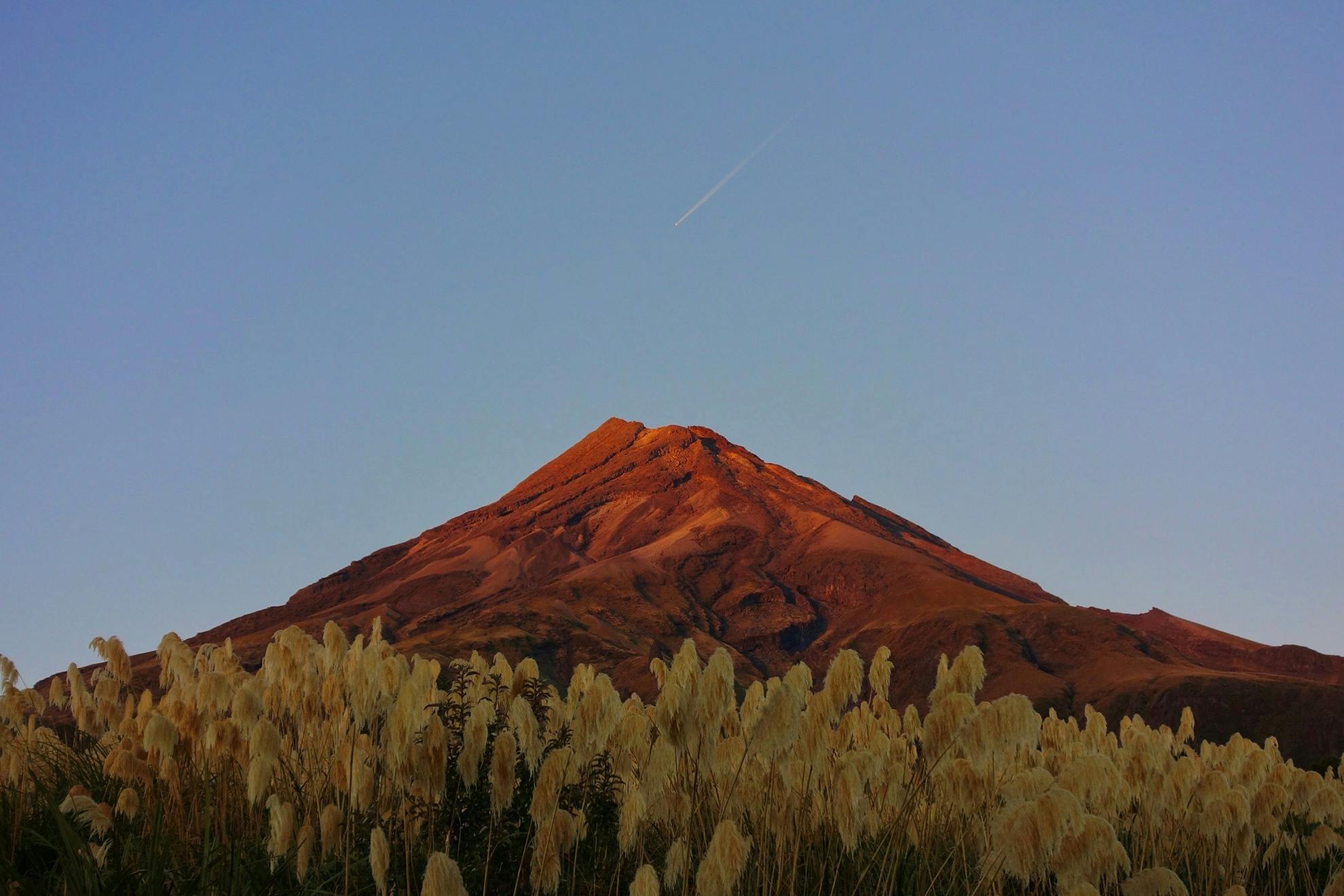In the wake of a climbing tragedy that left two people dead on Taranaki Mounga, Mike Daisley examines past events to determine if the mountain is safe for trampers to explore.
Taranaki Mounga is a challenging yet popular mountain for trampers in summer and climbers at any time of year. Its beauty is well known, but unfortunately, it also has a reputation as one of the deadliest mountains in New Zealand, as the two deaths on the mountain in early May testify.
Taranaki Mounga’s isolation and coastal position make for some of the most adverse weather conditions in the country. Combined with the complex and rough terrain, it is a highly unique environment and one mistake can be disastrous.
Te Papakura o Taranaki (National Park) has numerous opportunities for exploring the mountain, but it is the Mount Taranaki Summit Track on the north side that attracted about 20,000 trampers annually prior to Covid-19. This route is the only marked path to the summit and the only one recommended for trampers.
Data collated and analysed by MSC, published in A Walk in the Park?, shows that from July 2007 to June 2017, 60 trampers required search and rescue (SAR) assistance on the Mount Taranaki Summit Track
In comparison, over the same period, 304 people required assistance on the Tongariro Alpine Crossing and 43 on the Milford Track.
Since 2007, excluding the two recent fatalities on Taranaki Mounga, 187 people never made it home from land-based activities in New Zealand. This figure excludes commercial activities and medical events.
Of these, 75 involved trampers and 48 involved mountaineers.
In this period, excluding the two recent fatalities, five people perished on Taranaki Mounga, one tramping on the Lower Lake Dive Track (river crossing), two were winter climbing on the east face and two were attempting to climb the Mount Taranaki Summit Track in winter, the most recent of these in June 2017.
Comparing fatality data between tracks and routes in New Zealand since 2007, Taranaki Mounga has had some competition. There have been five fatalities on the Tararua Southern Crossing, the most of any single tramping track. Further south, the Gillespie Pass Circuit and Gertrude Saddle Route have both had three deaths. The southern Great Walks (Kepler, Milford and Routeburn tracks) have had two each and the Tongariro Alpine Crossing has also had two fatalities.
All outdoor recreation comes with an element of risk, but so does driving your car and cleaning your roof spouting. It is impossible to remove all the risks from outdoor recreation activities. It is this element of risk that provides the rich experiences and life-long learning associated with being outdoors. However, the key is the ability to identify and manage those risks.
For Taranaki Mounga, here are the MSC’s top six evidence-based recommendations for trampers attempting to reach its summit.
- Only consider the Mount Taranaki Summit Track as a viable option. All other climbing routes require significant previous mountaineering experience.
- Do not attempt the Mount Taranaki Summit Track in anything other than perfect weather. If the weather begins to change, stop and turn around. You can always return another day.
- Leave early, really early. Do not depart later than 9am, even if you believe yourself to be fit and experienced.
- Stop every hour and re-assess your situation. Your objectives should align with the conditions, how you (and others) are feeling. Be prepared to turn around.
- Only attempt the Mount Taranaki Summit Track between January and April. Outside of this period ice, snow, and avalanche dangers are present.
- Watch the Mount Taranaki Summit Route safety video. Since its release in 2018, the video has had around 66,000 views and the number of safety incidents on the route has decreased. It’s proven to make a difference.
With the right planning and preparation, a suitable weather forecast, and the right mindset, Taranaki Mounga might be a suitable challenge for you.
– Mike Daisley is the CEO of the Mountain Safety Council.






